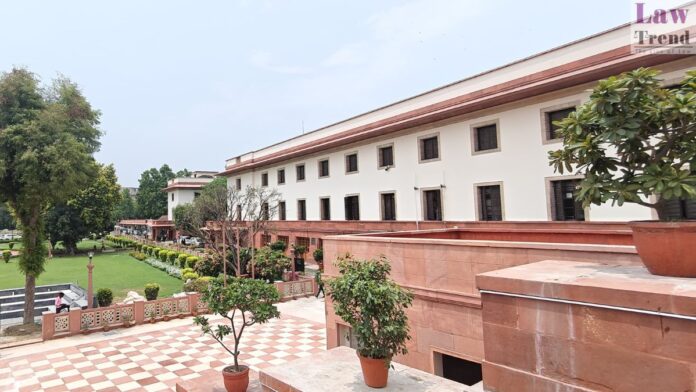The Supreme Court, in Chetan vs State of Karnataka, Criminal Appeal No. 1568 of 2013, has dismissed the appeal filed by the accused, affirming his conviction under Sections 302 and 404 of the Indian Penal Code and Sections 3 and 5 of the Arms Act, 1959, punishable under Sections 25 and 27 respectively. The judgment
To Read More Please Subscribe to VIP Membership for Unlimited Access to All the Articles, Download Available Copies of Judgments/Order, Acess to Central/State Bare Acts, Advertisement Free Content, Access to More than 4000 Legal Drafts( Readymade Editable Formats of Suits, Petitions, Writs, Legal Notices, Divorce Petitions, 138 Notices, Bail Applications etc.) in Hindi and English.




